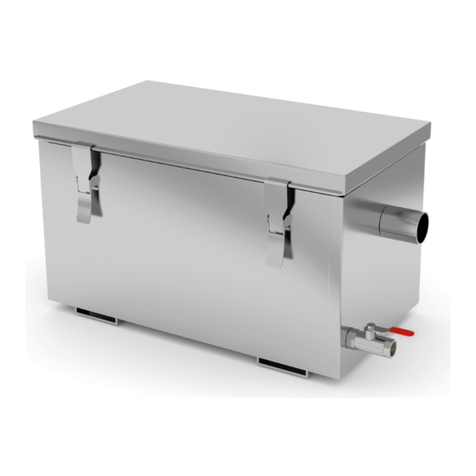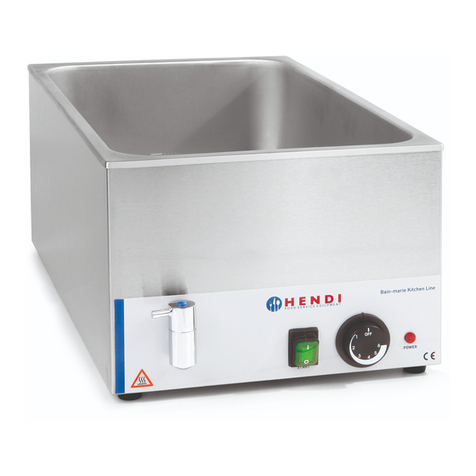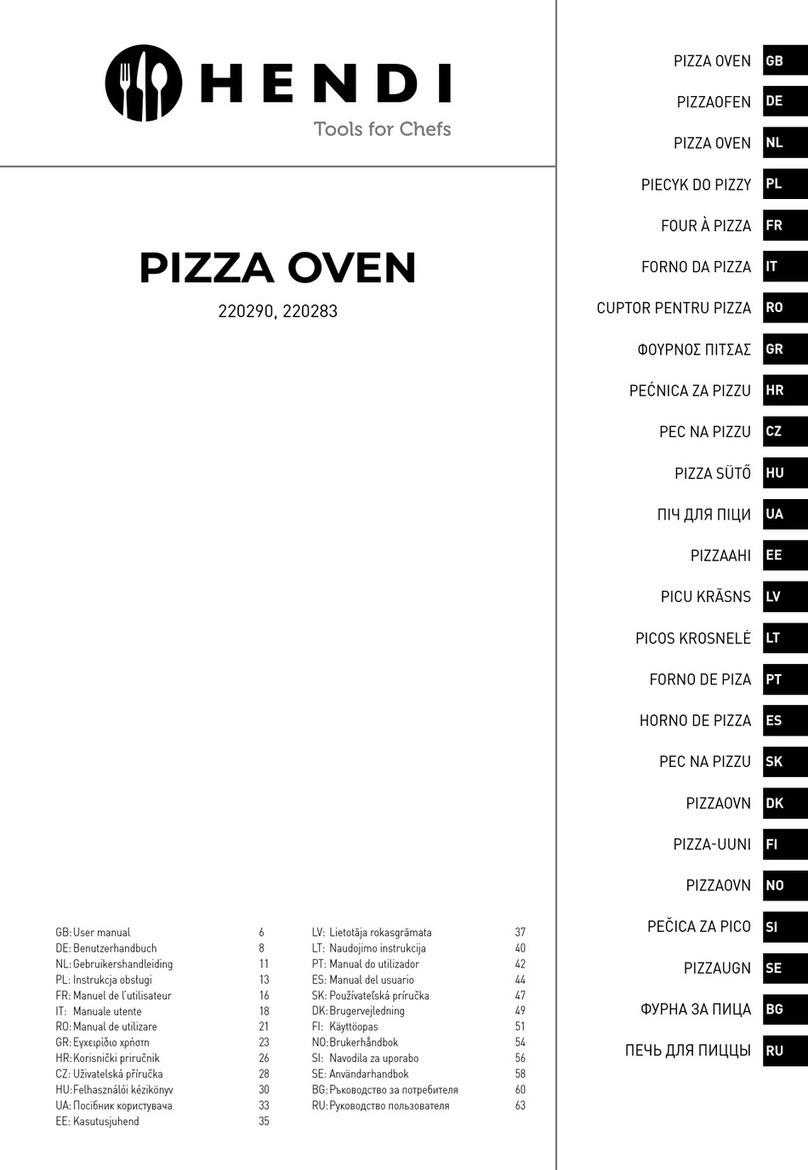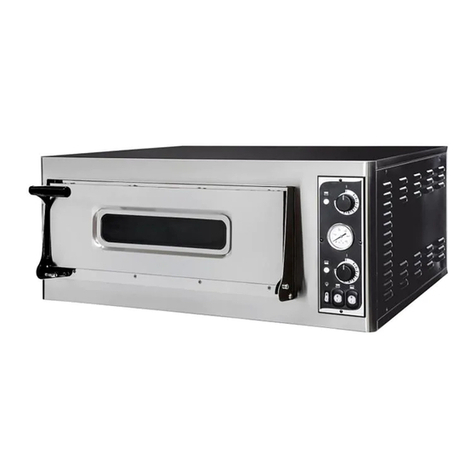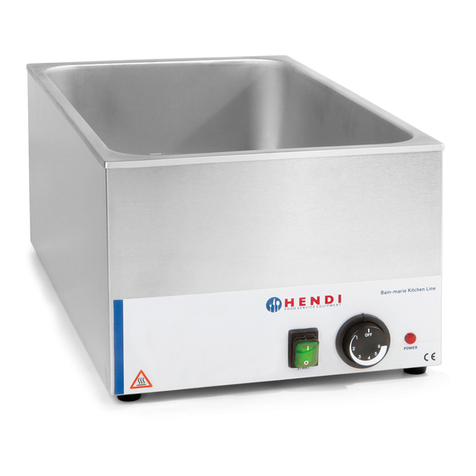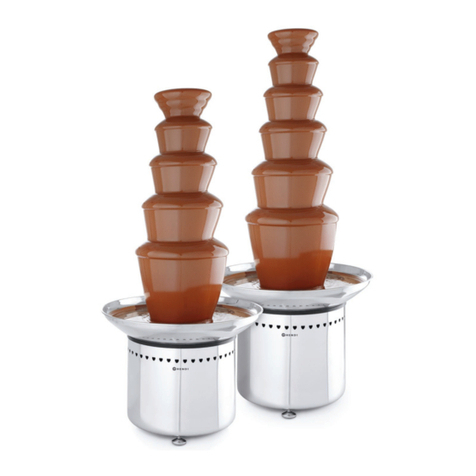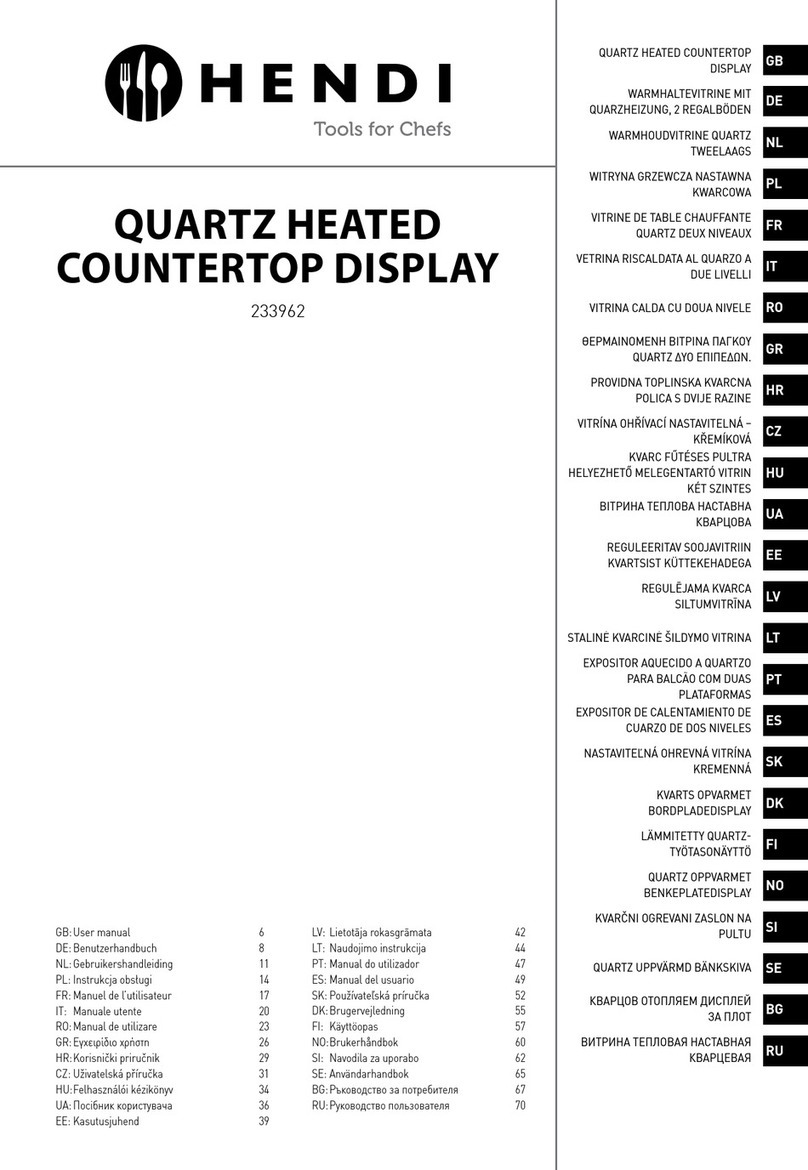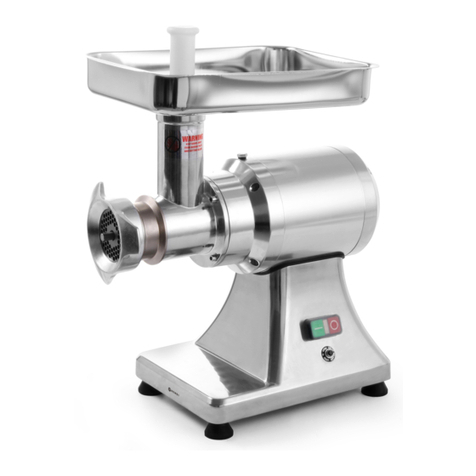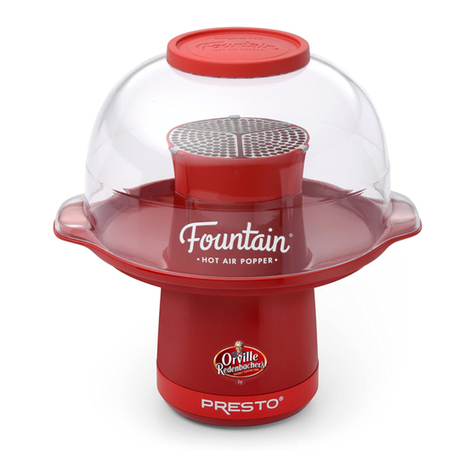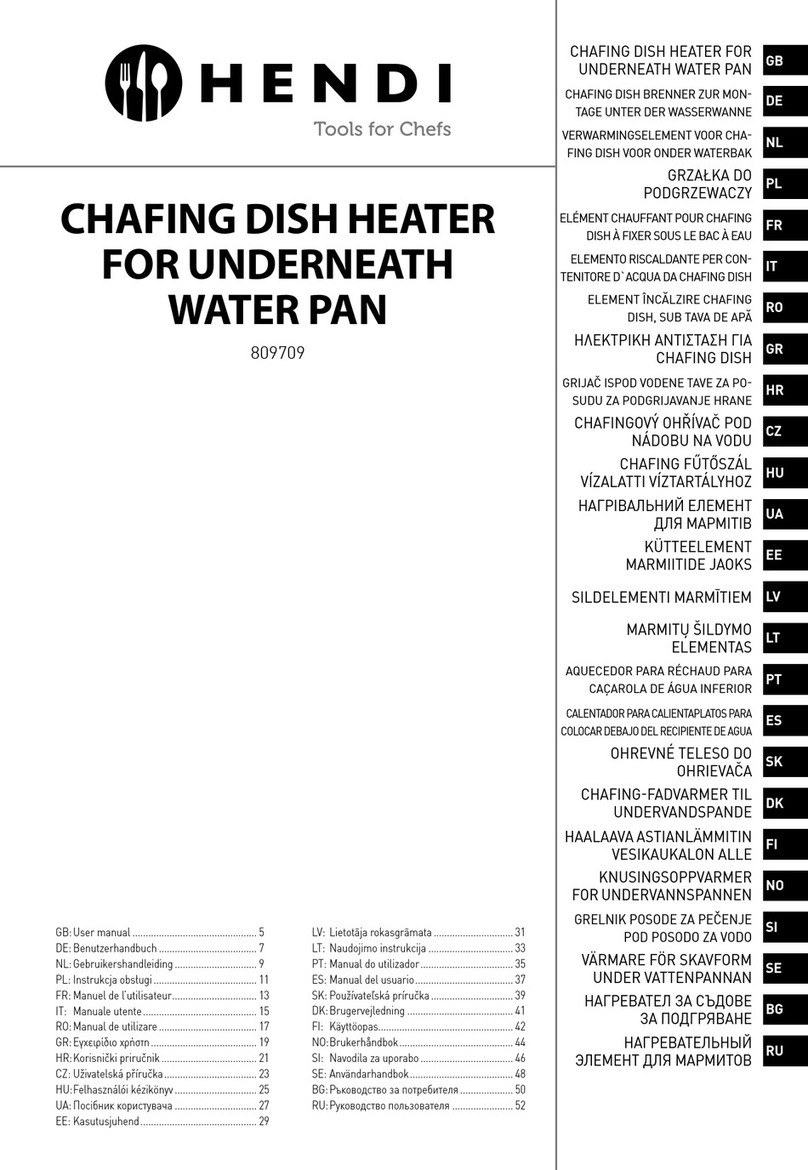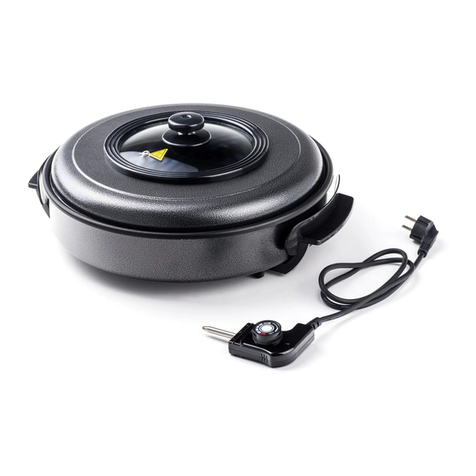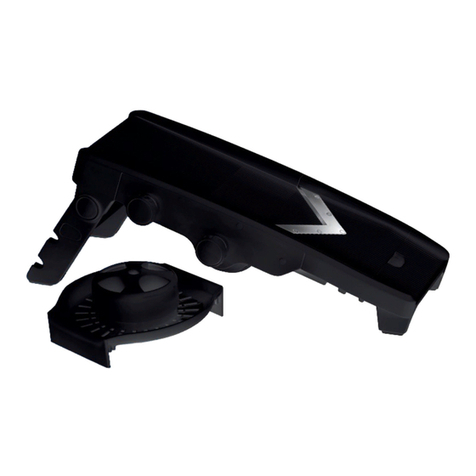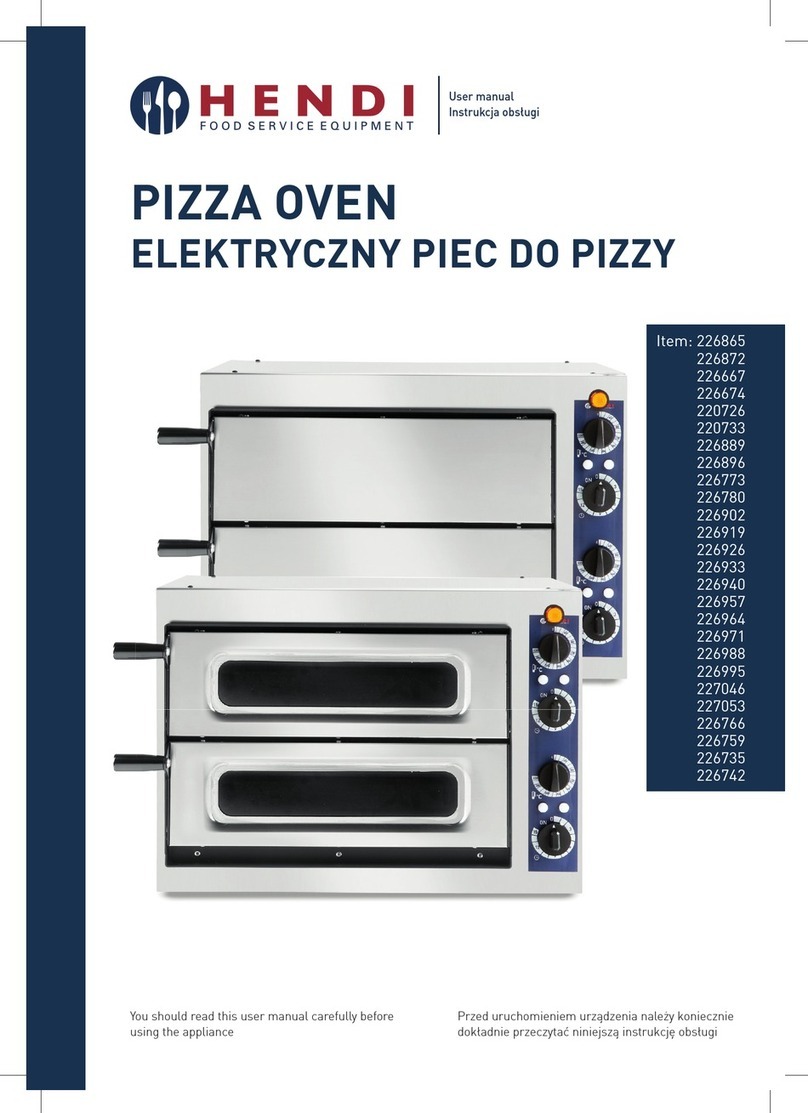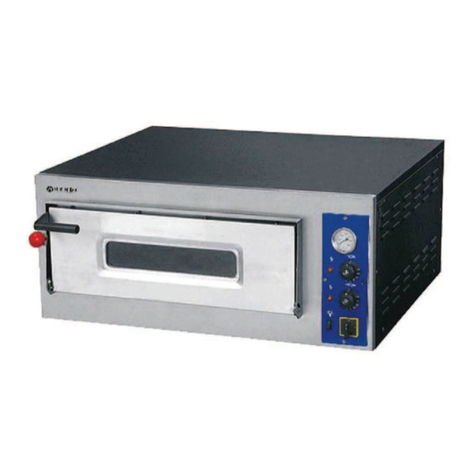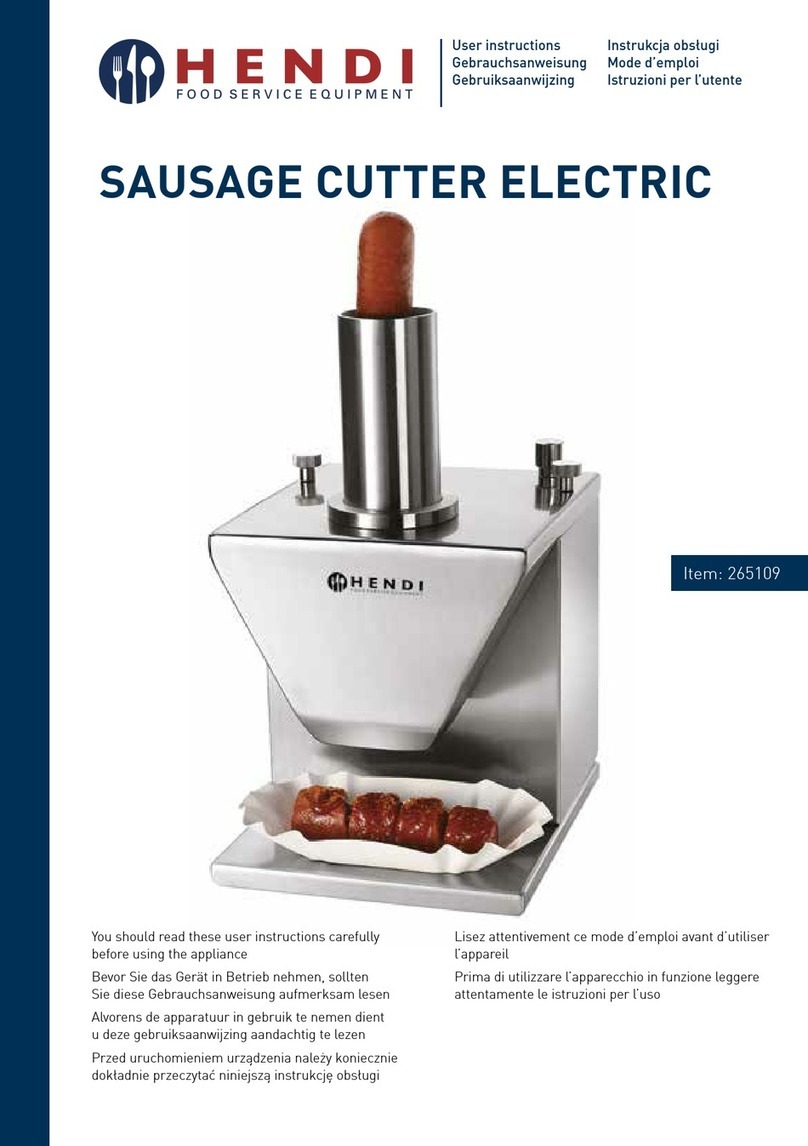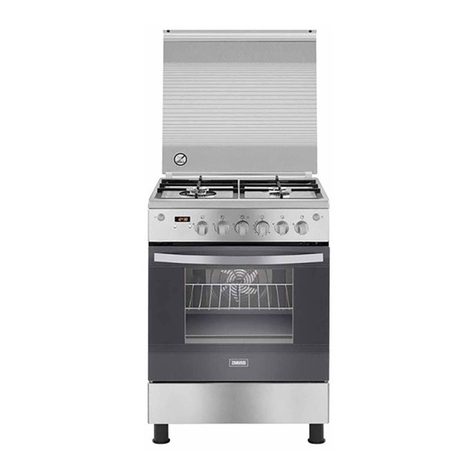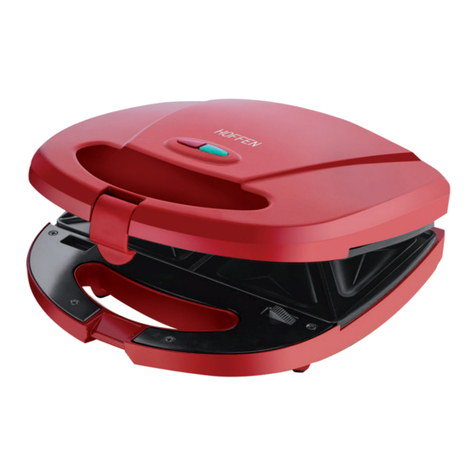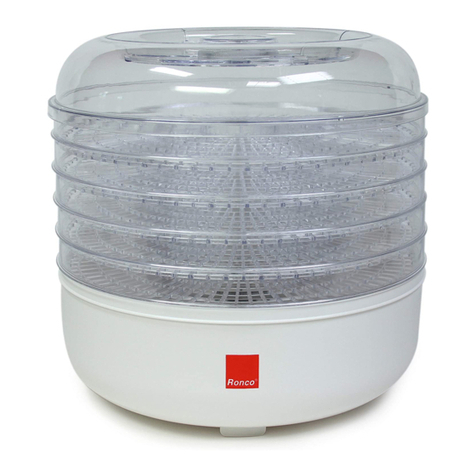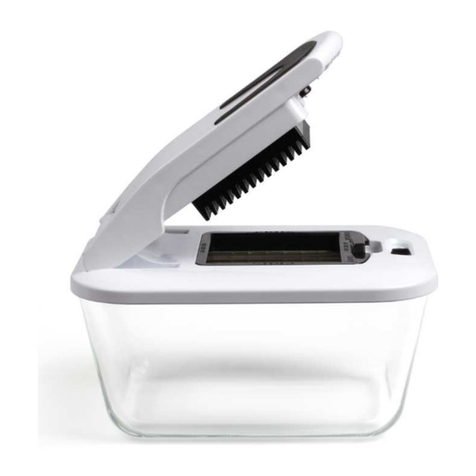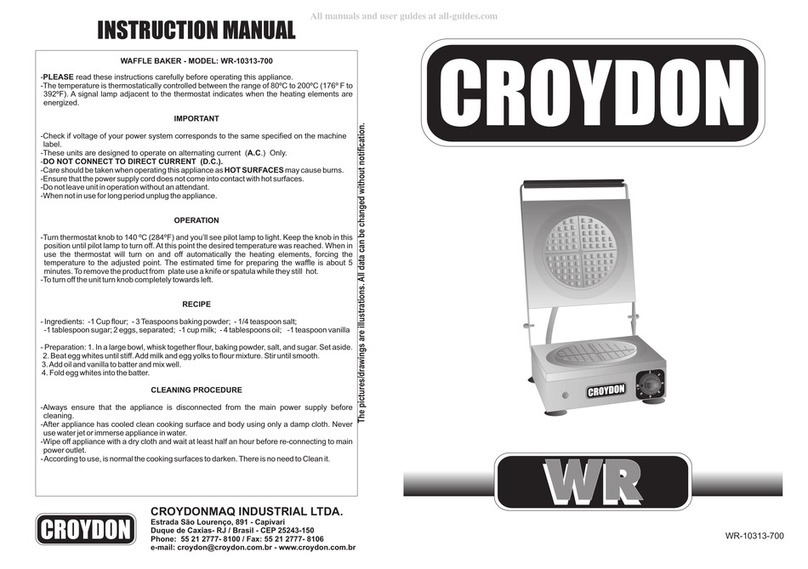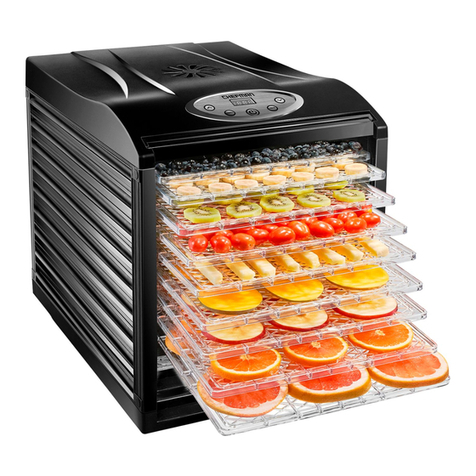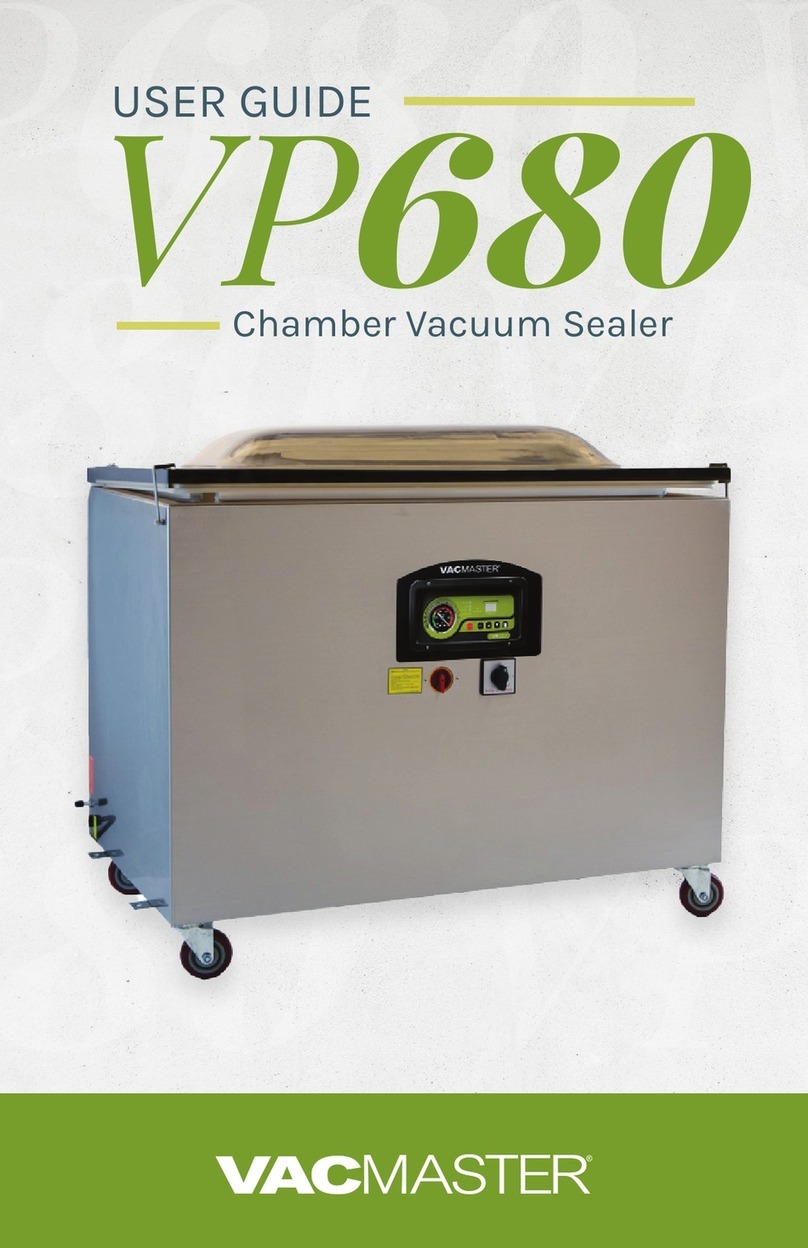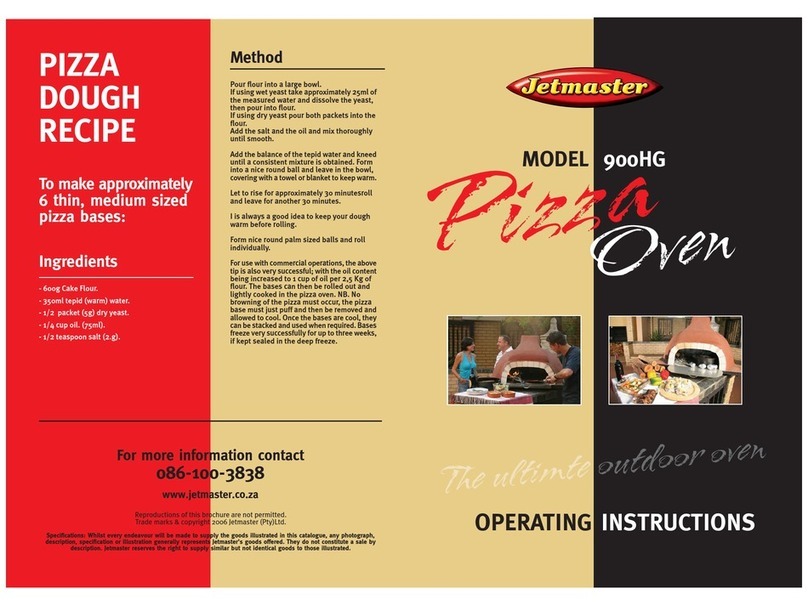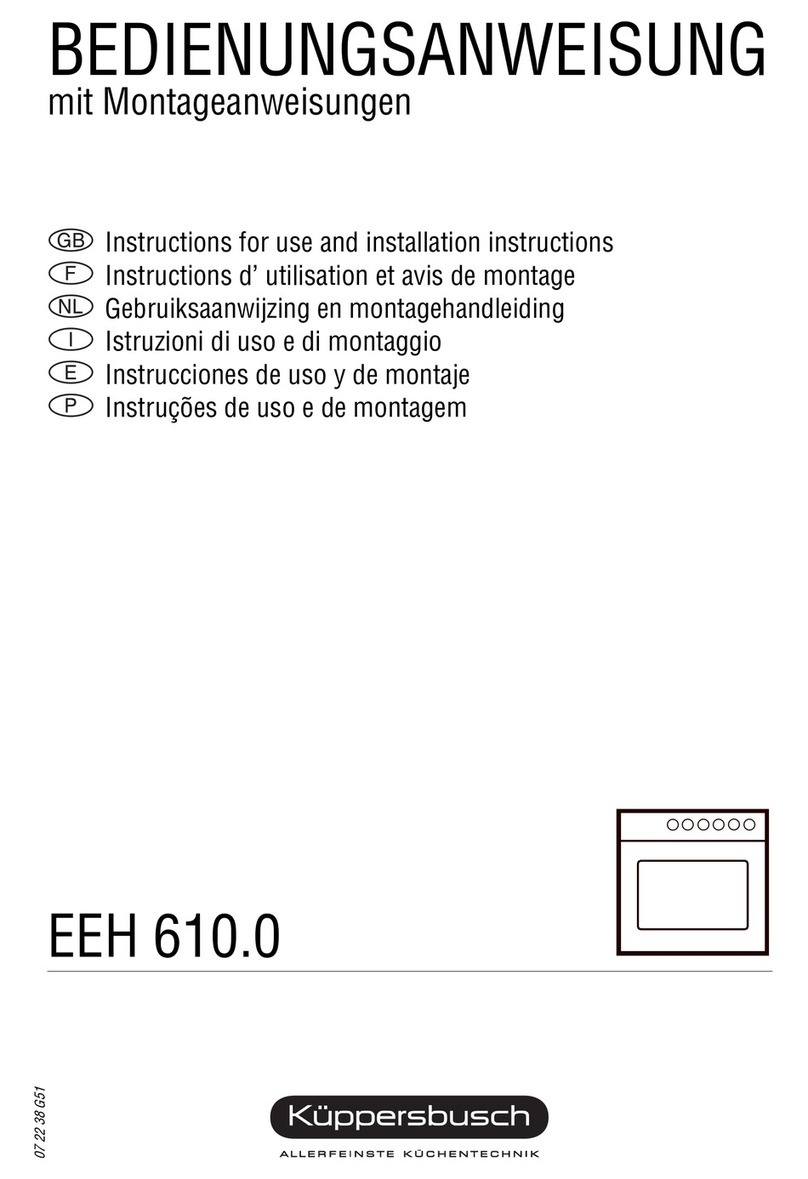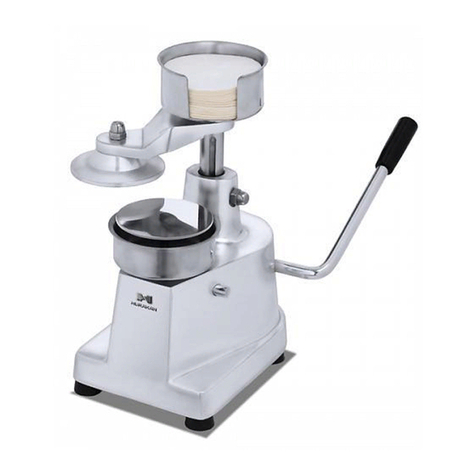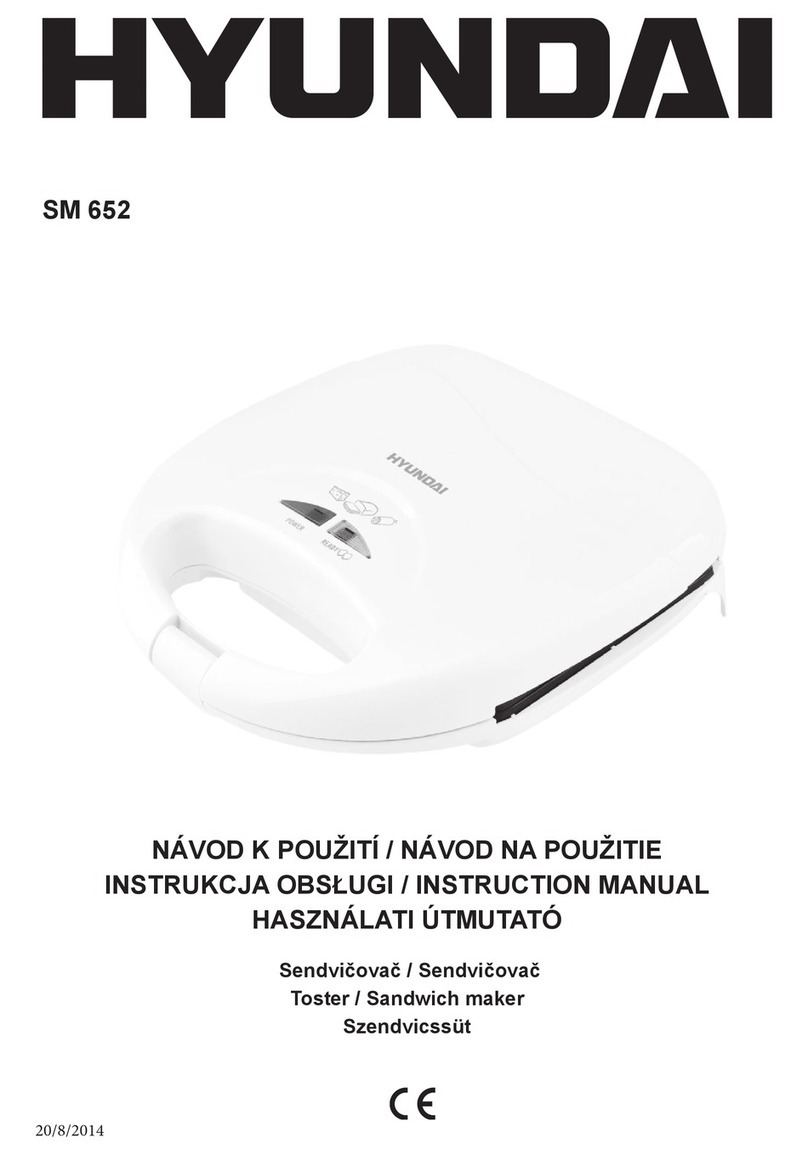
7
EN
3.4. The cable
• must not be installed near heat sources and the
ambient temperature of the surrounding envi-
ronment must not exceed 50°C;
• must be protected by a rigid metal or plastic
tube;
• must meet H07 RN-F standards as a minimum;
• must have a minimum cross section as indicated
on the cover.
In reference to figure 0, to access terminal board
“M”, remove the control panel by loosening the
screws on the panel. Connect the power cable
wires to the terminal board by following the in-
structions provided in the wiring diagram.
The appliance must be connected to an efficient
earth. Connect the earth conductor to the screw
marked with the symbol “ ” close to the con-
nection terminal board. Be careful to pass the
cable through the “P” cable gland near the termi-
nal board; keep the cable laid flat on the bottom
and fix it with the “ ” cable clamp. The appliance
must also be included in an equipotential bonding
system. This connection is made using a screw
marked with the symbol.
The equipotential wire must have a cross section
of 10 mm2.
• The manufacturer declines any liability for dam-
age caused by improper or incorrect appliance
installation or maintenance, or failure to observe
the safety regulations.
4. Use
4.1. Warnings
• Do not use the appliance at maximum power
without food in the tank; this is to prevent over-
heating and unnecessary wear of the device
components.
• This appliance has been designed exclusively for
cooking food.
• The appliance is designed for professional use
and therefore should only be used by qualified
personnel.
• Care must be taken when using the appliance
because the cooking surfaces become very hot.
4.2. Turning the appliance on
• Switch the power on using the switch above the
appliance.
• Turn the control knob clockwise (A - fig.1) on the
control panel.
• The first position turns the appliance on and con-
trols the heating of the heating elements.
• Turn the knob again until you reach the desired
temperature. Indicator lights (1 and 2 - fig.1) will
turn on.
• When the indicator light(s) (2 - fig.1) turn off, the
bottom of the tank has reached the set temperature.
4.3. Turning the appliance off
• Turn the knob (A - fig.1) to position “0”.
• Switch the power off using the switch above the
appliance.
